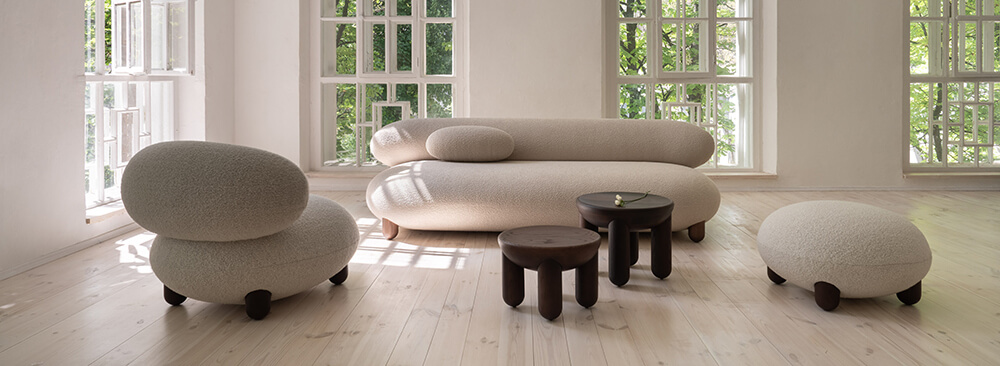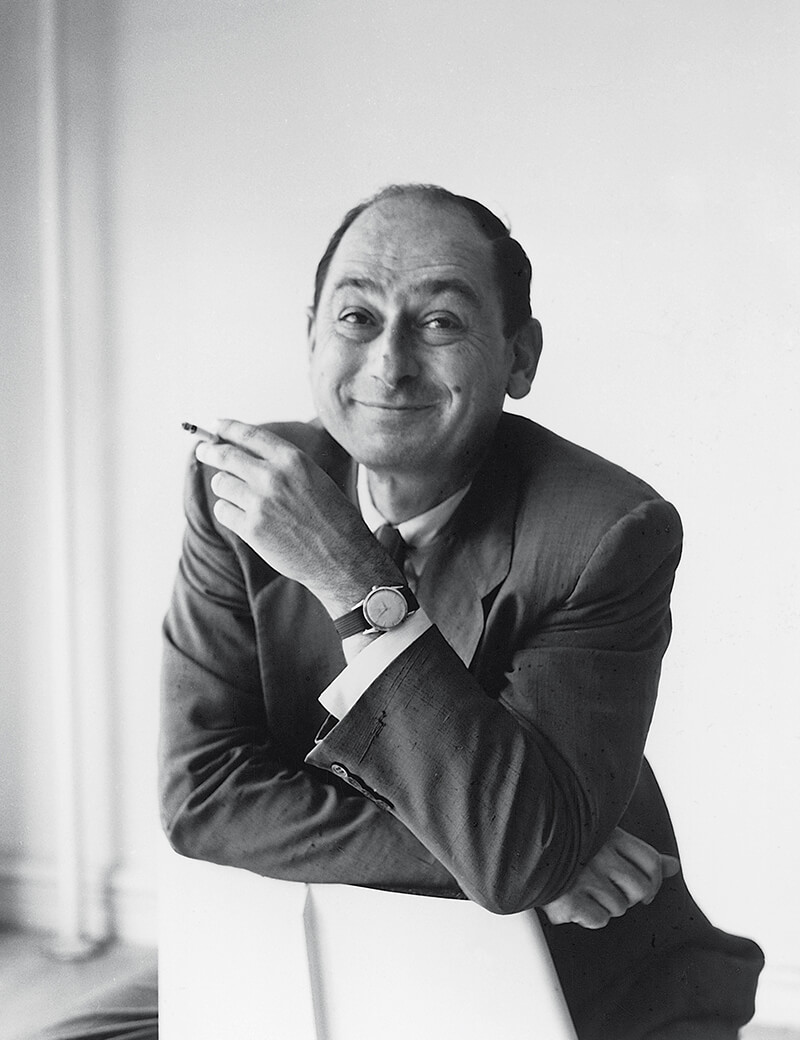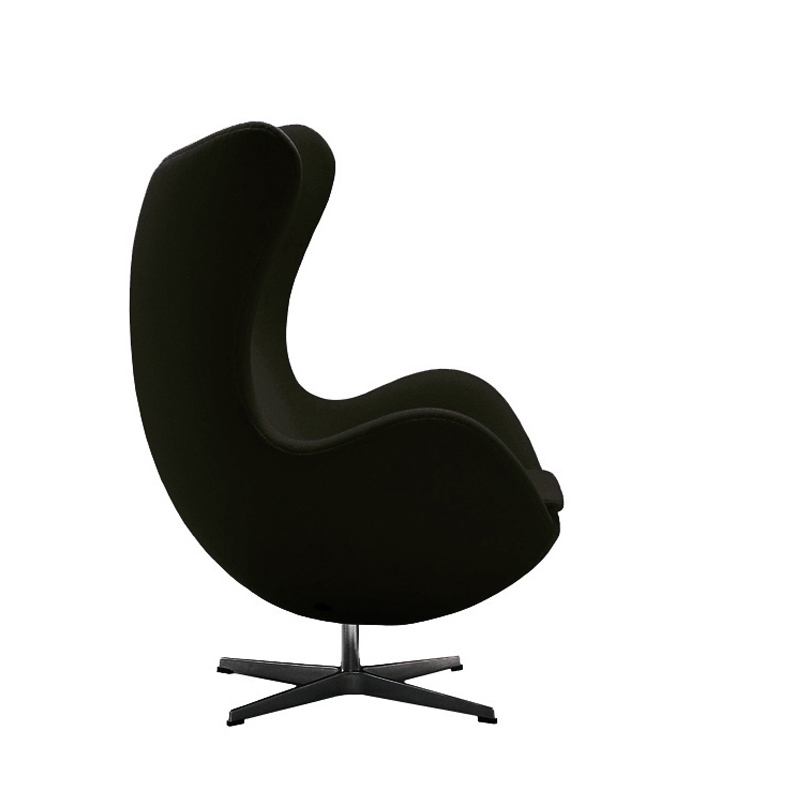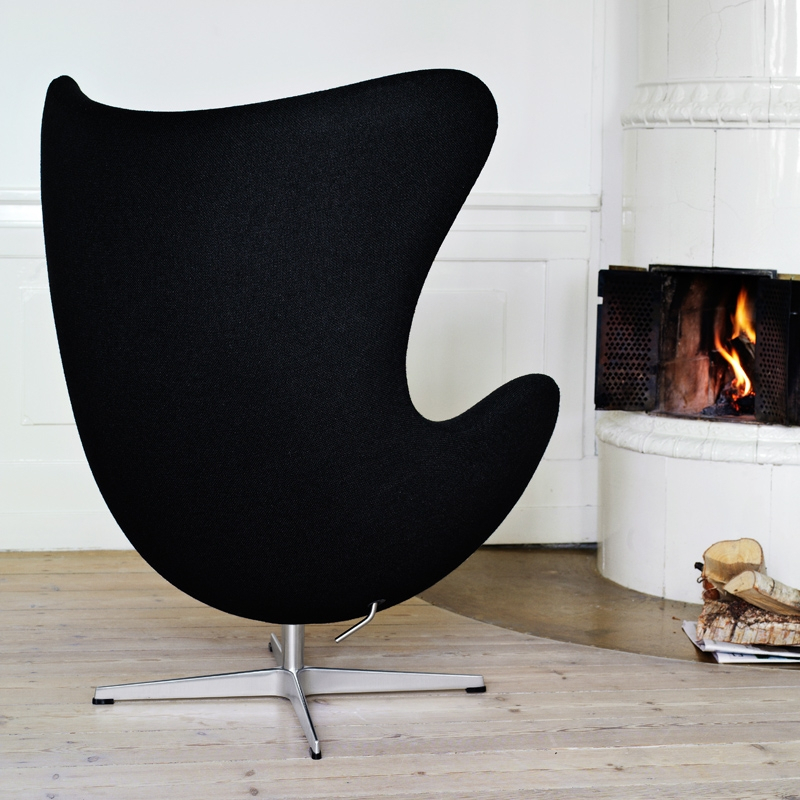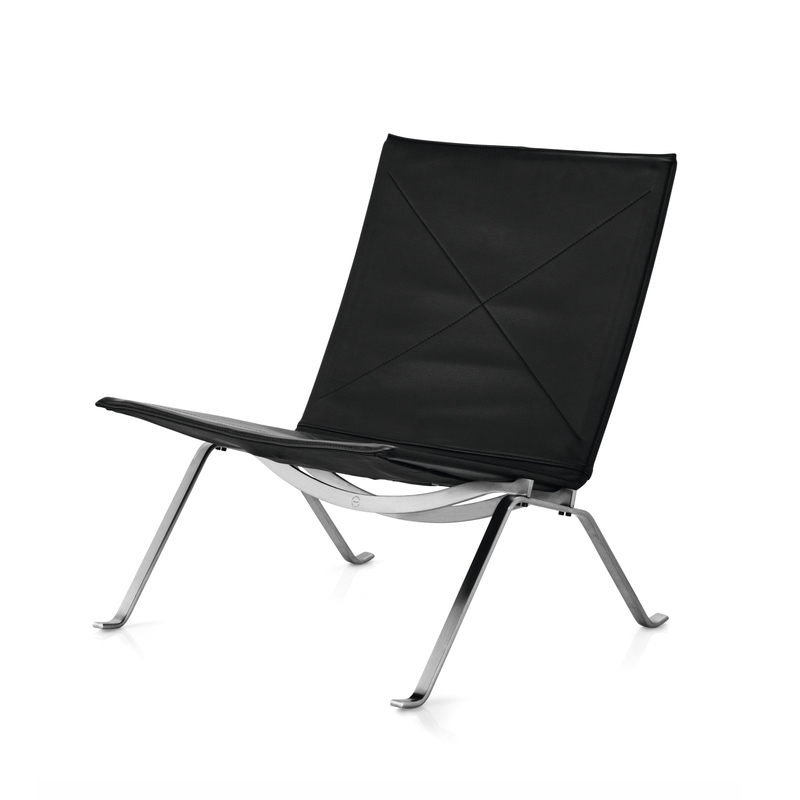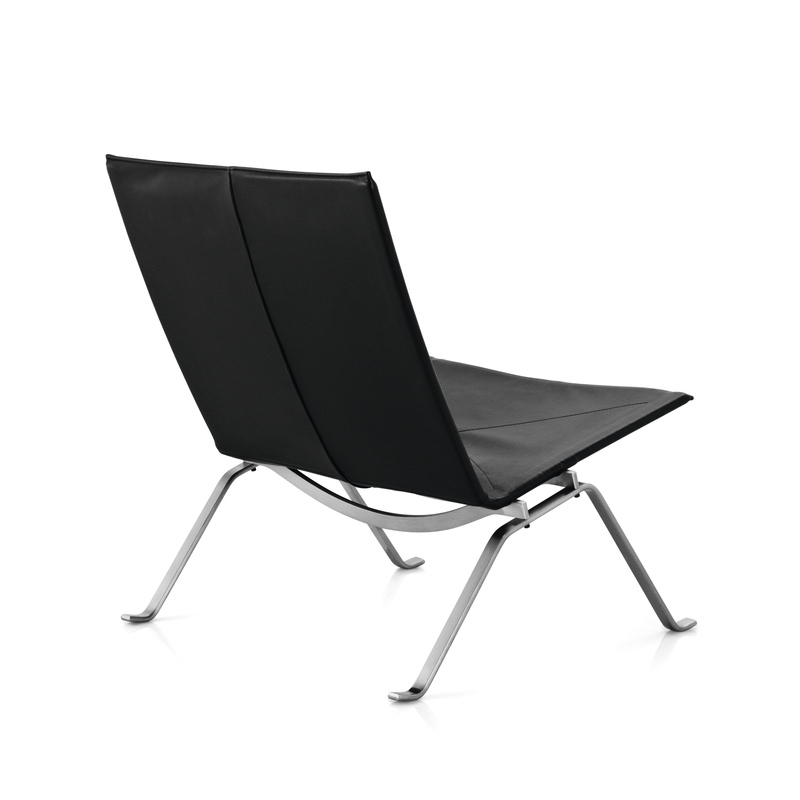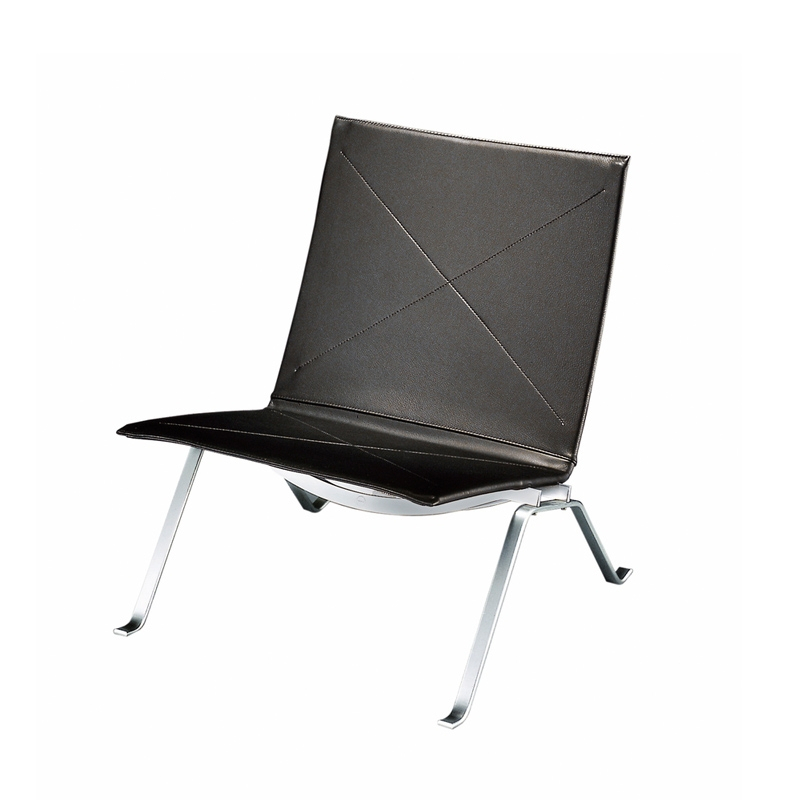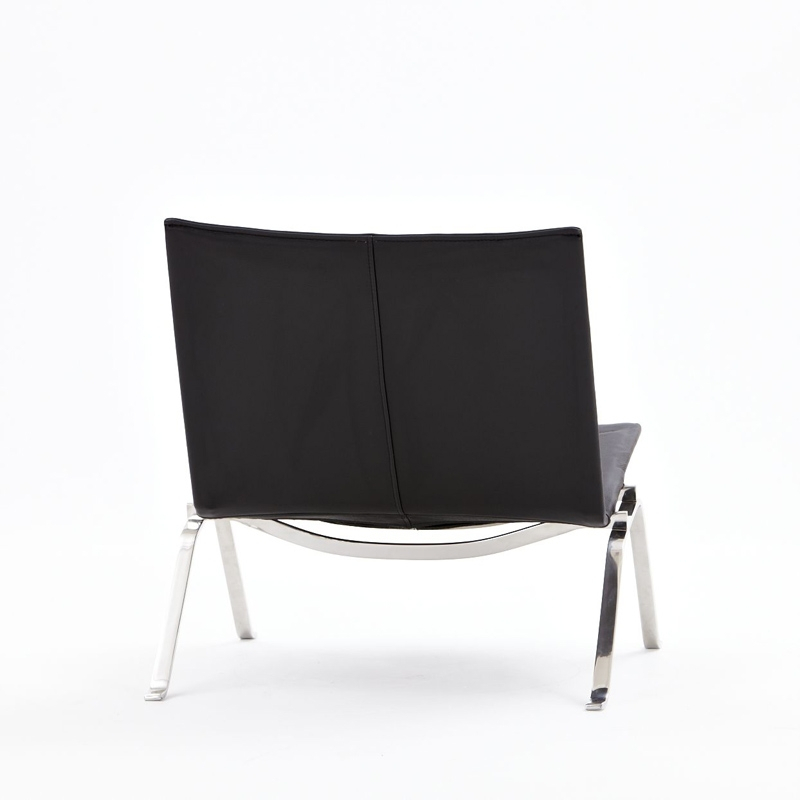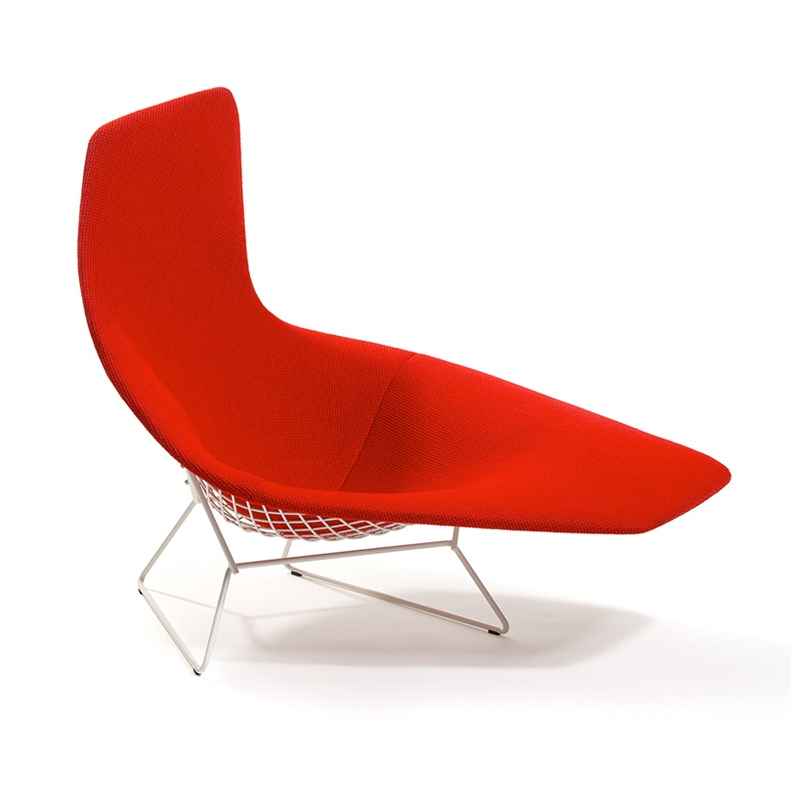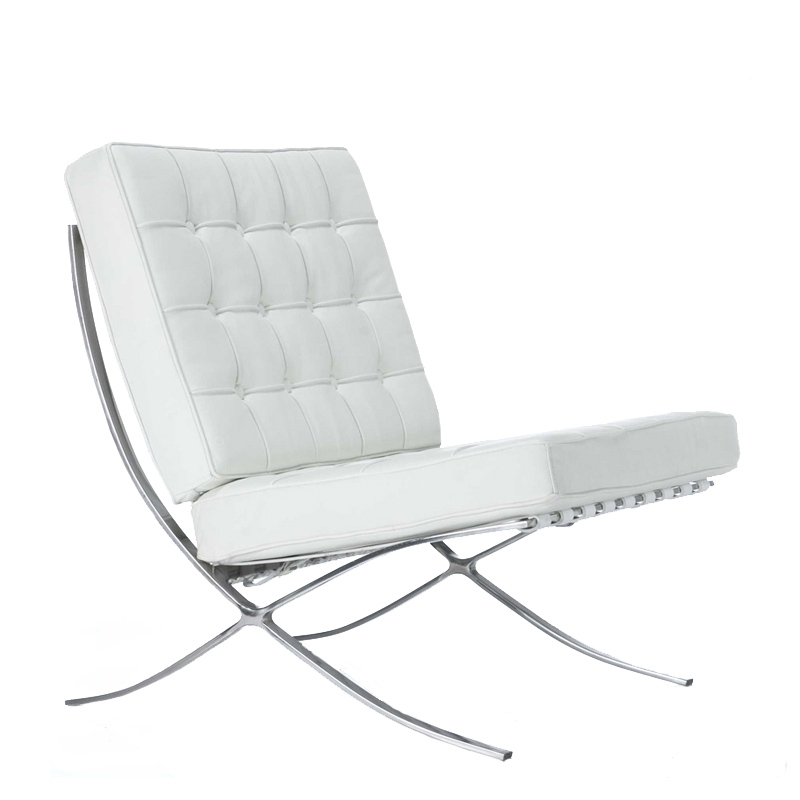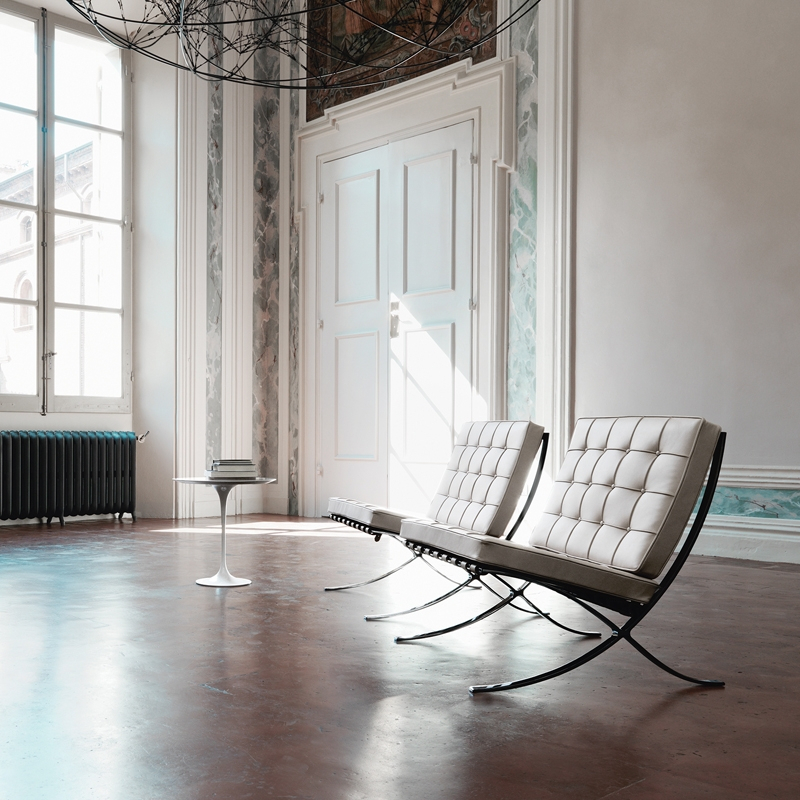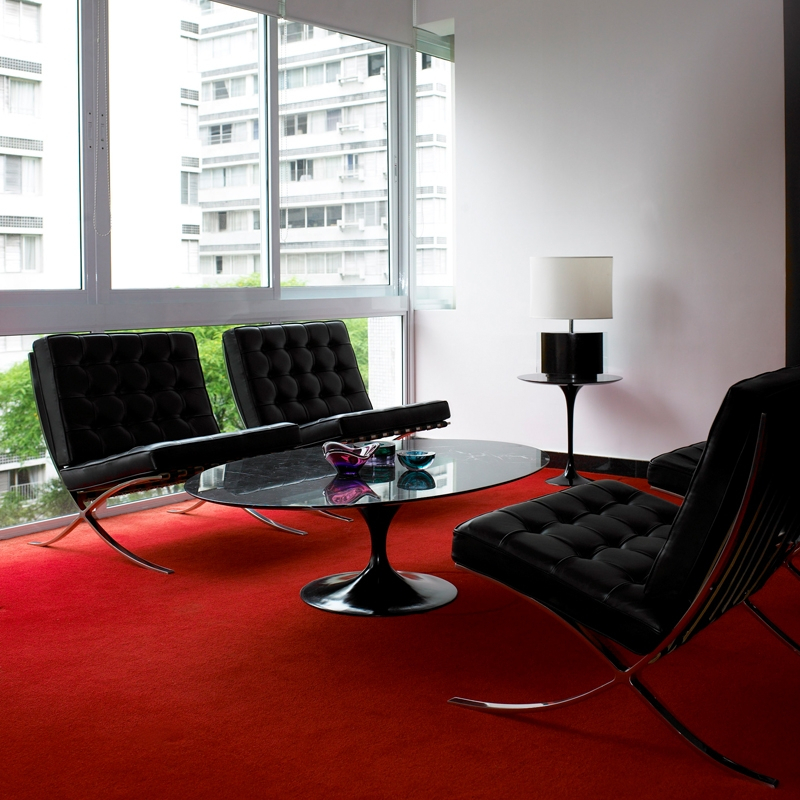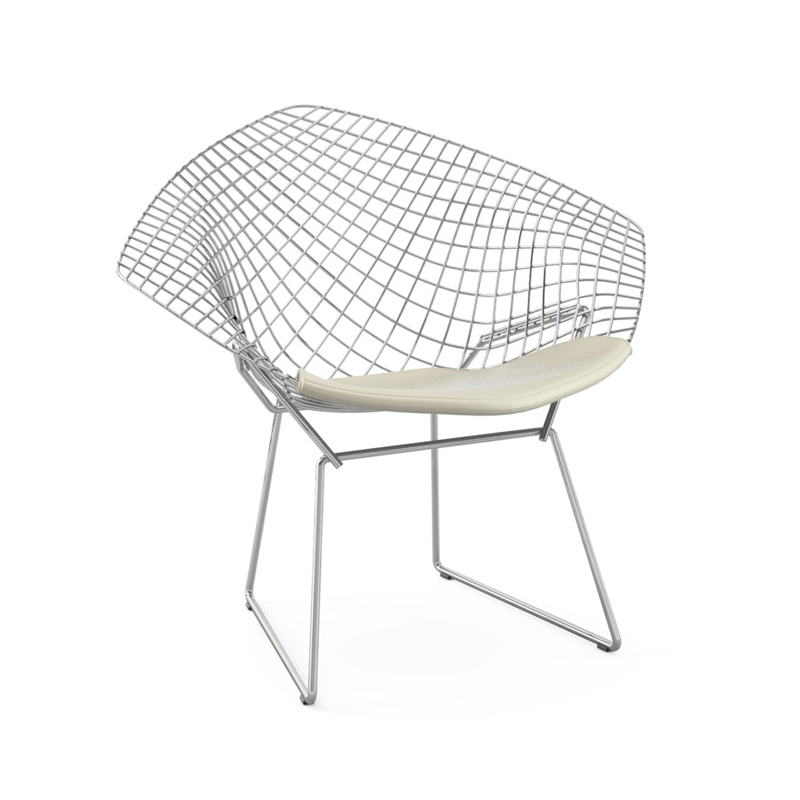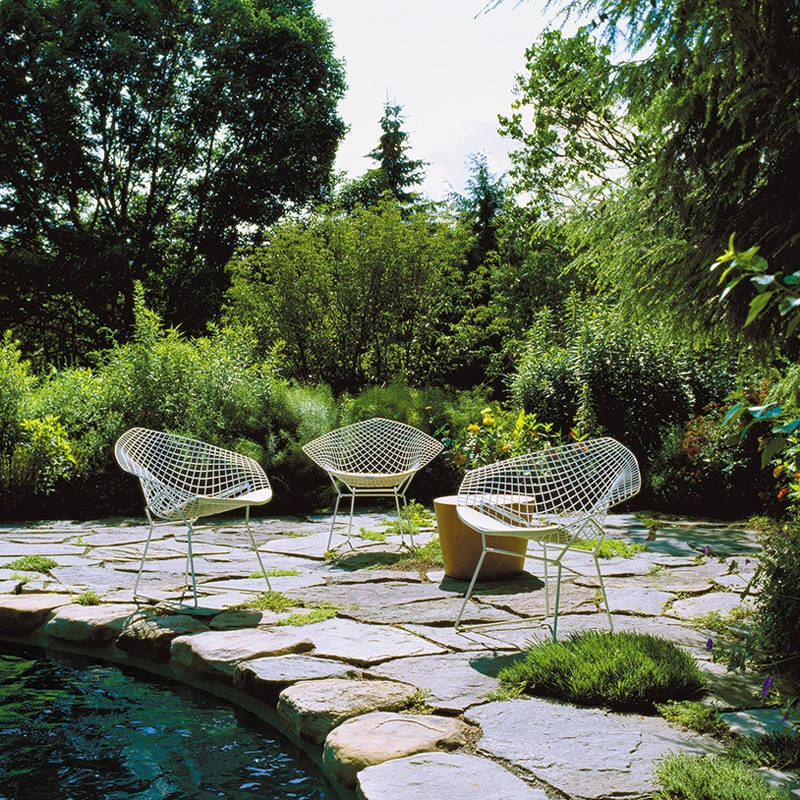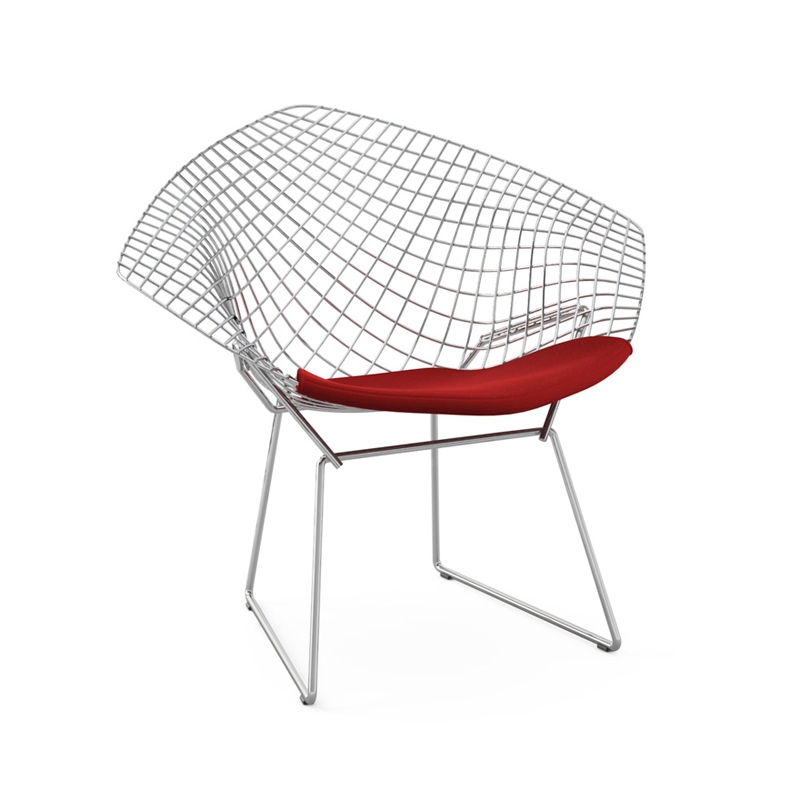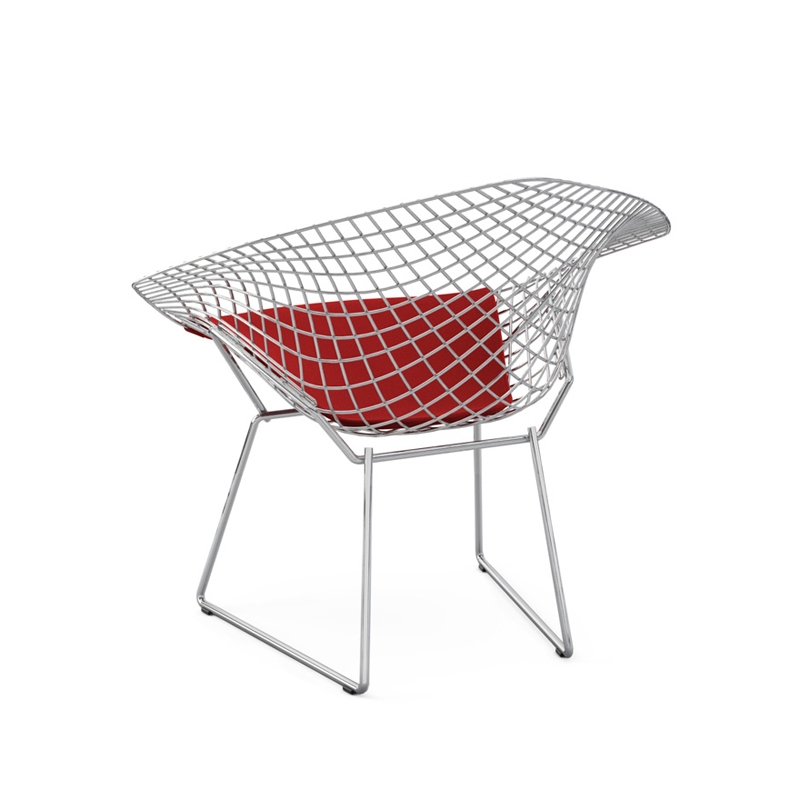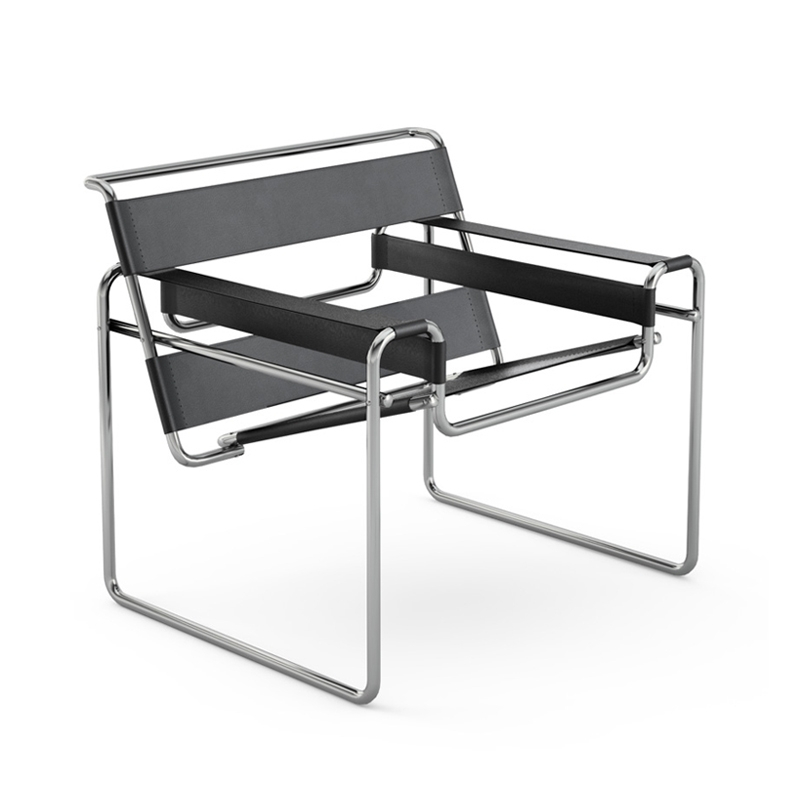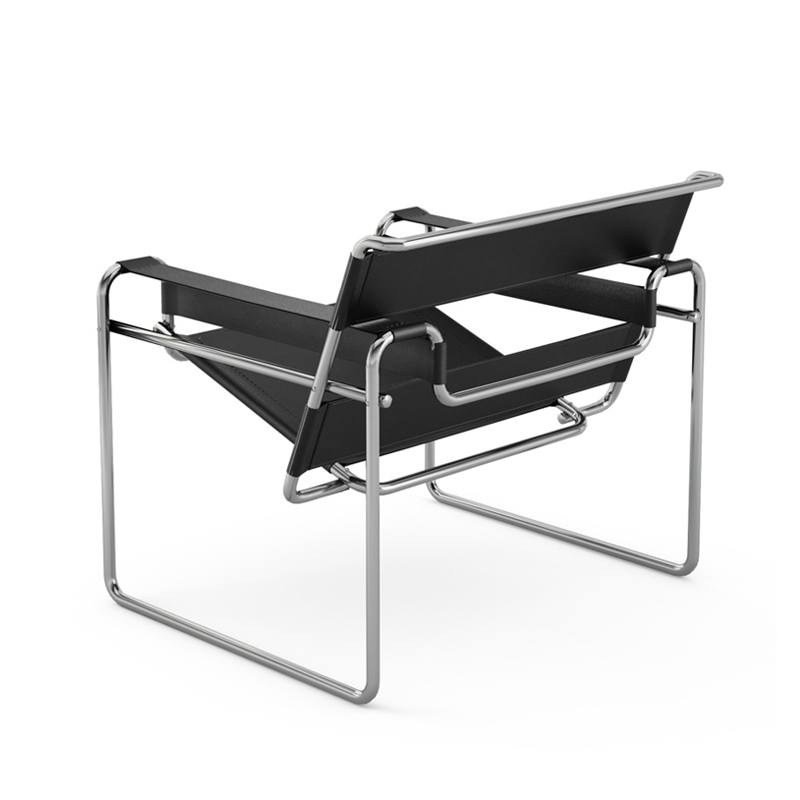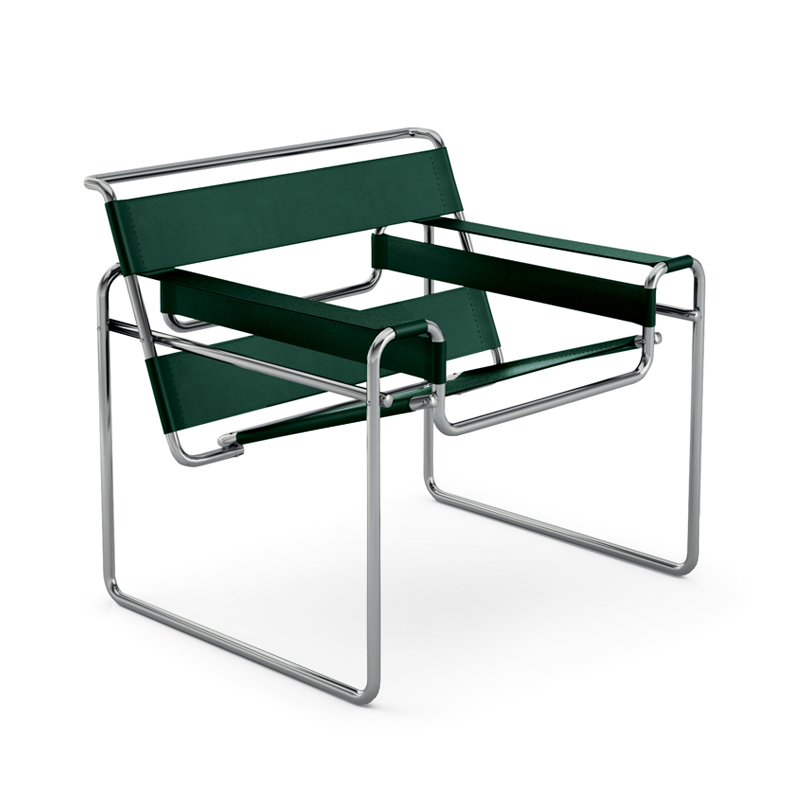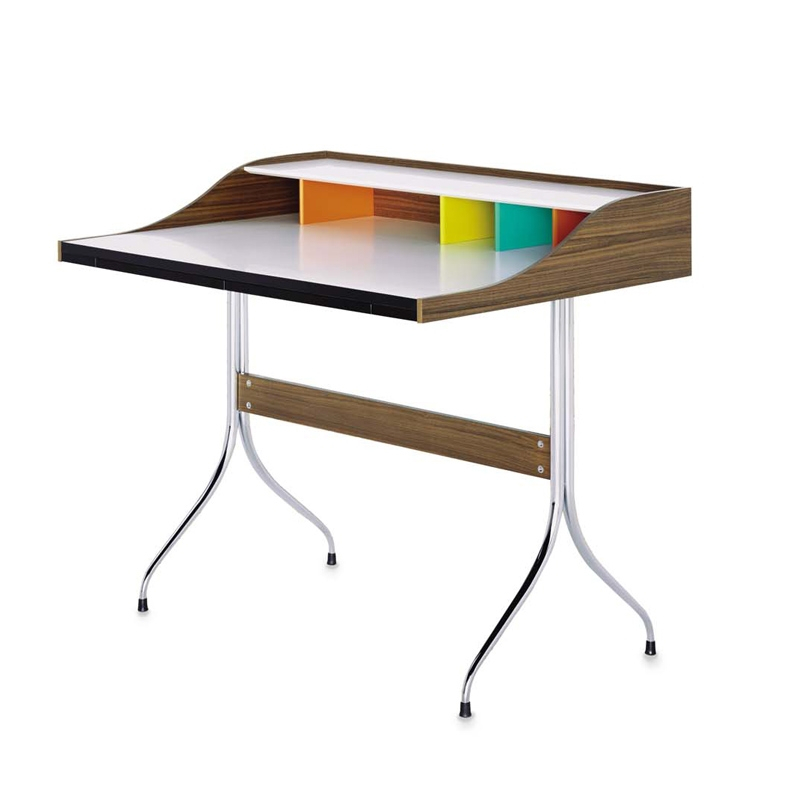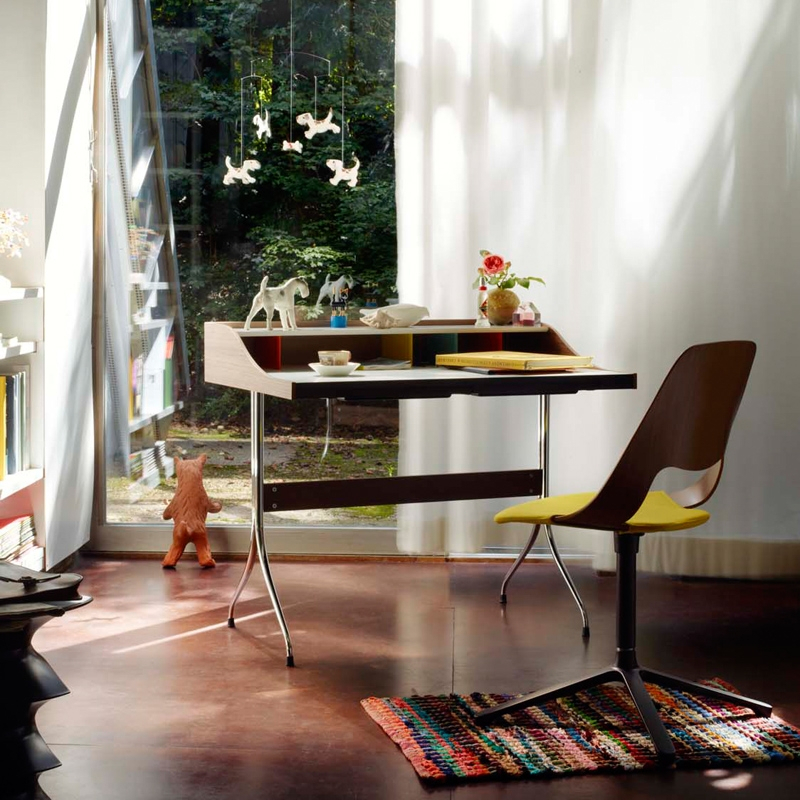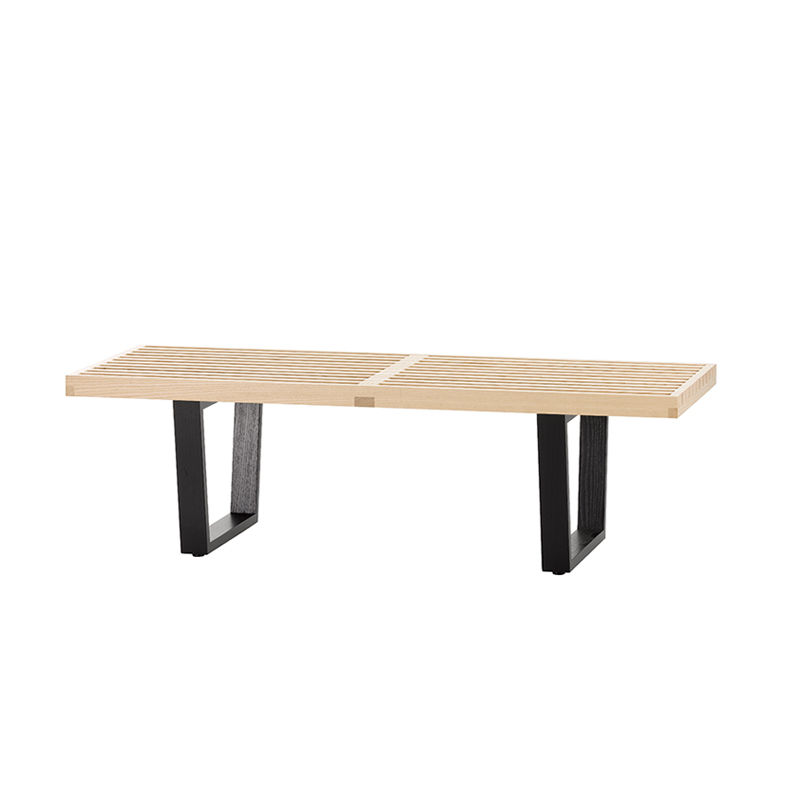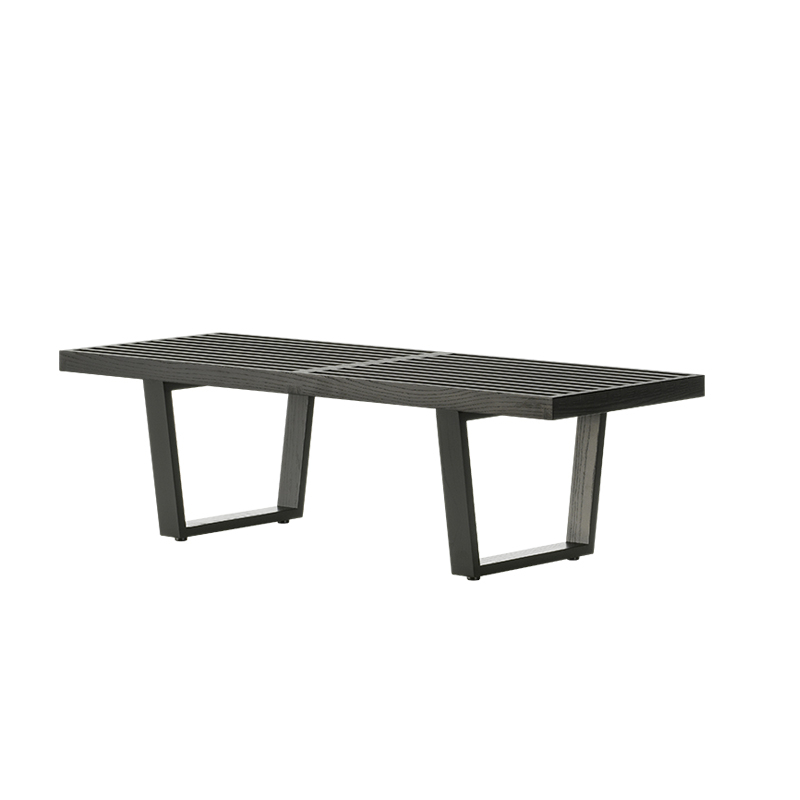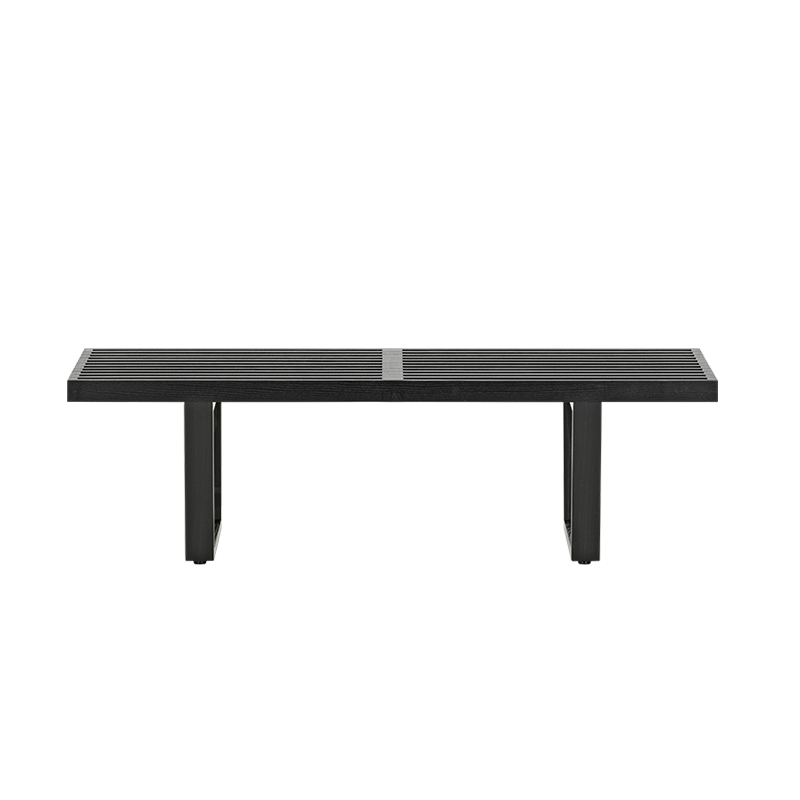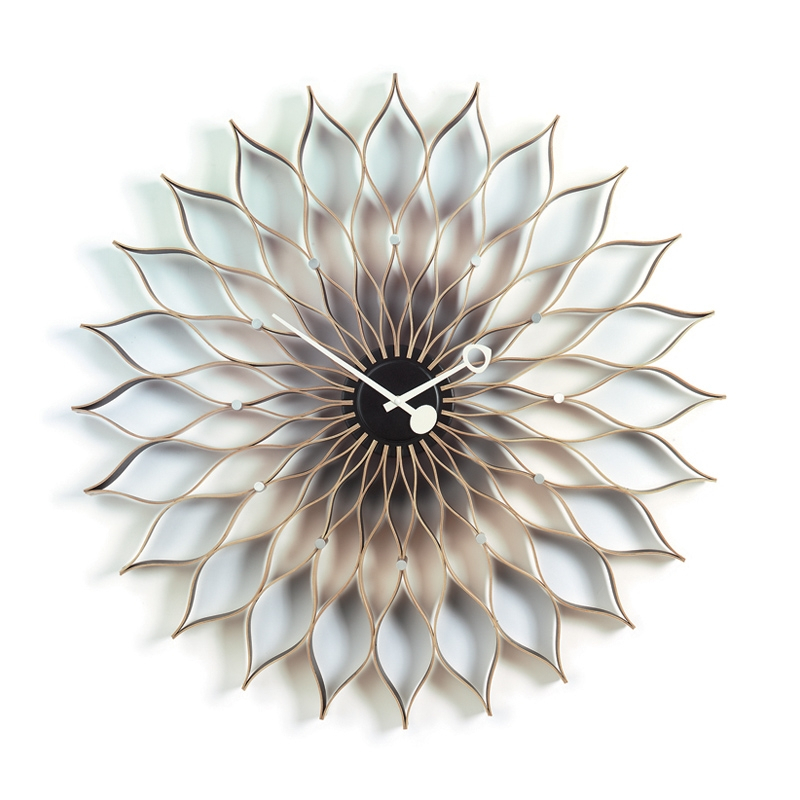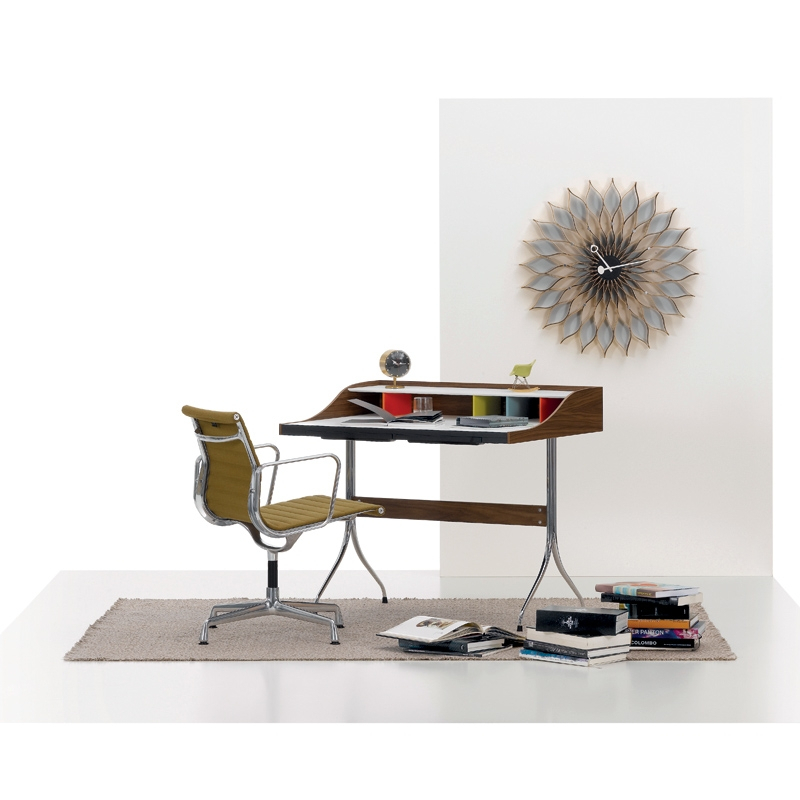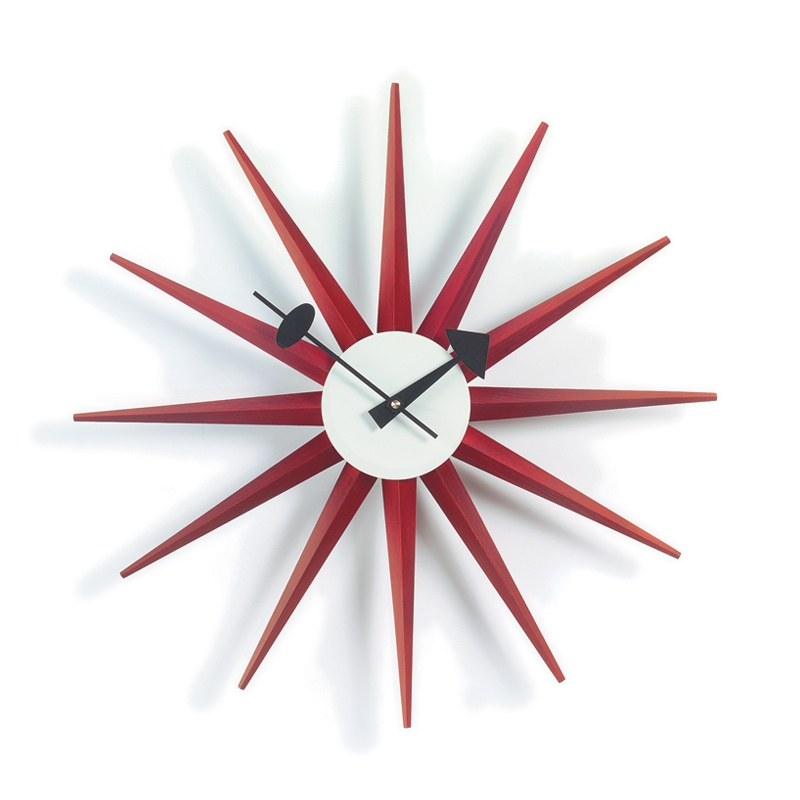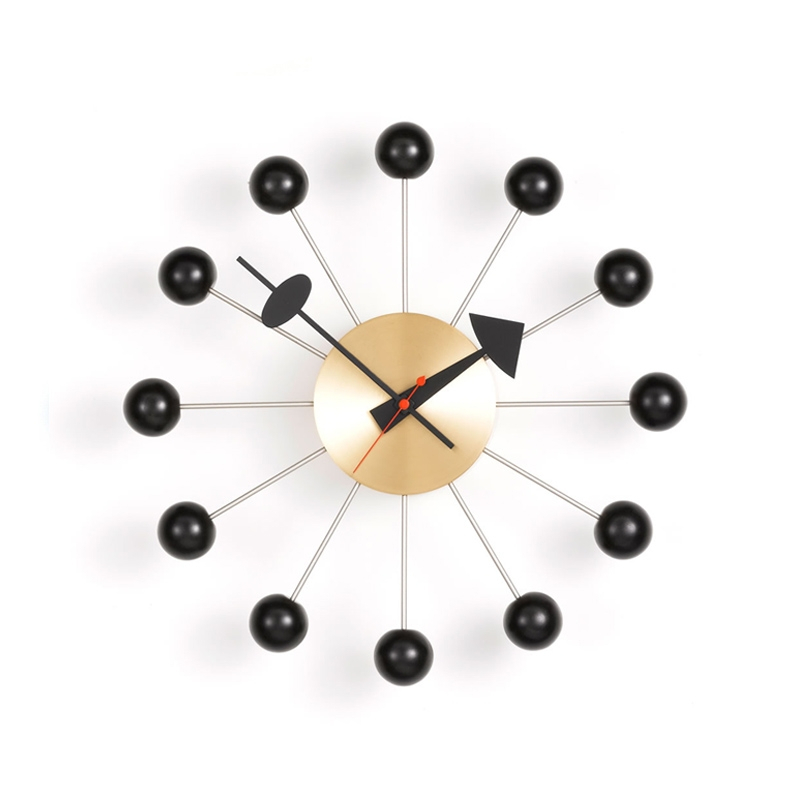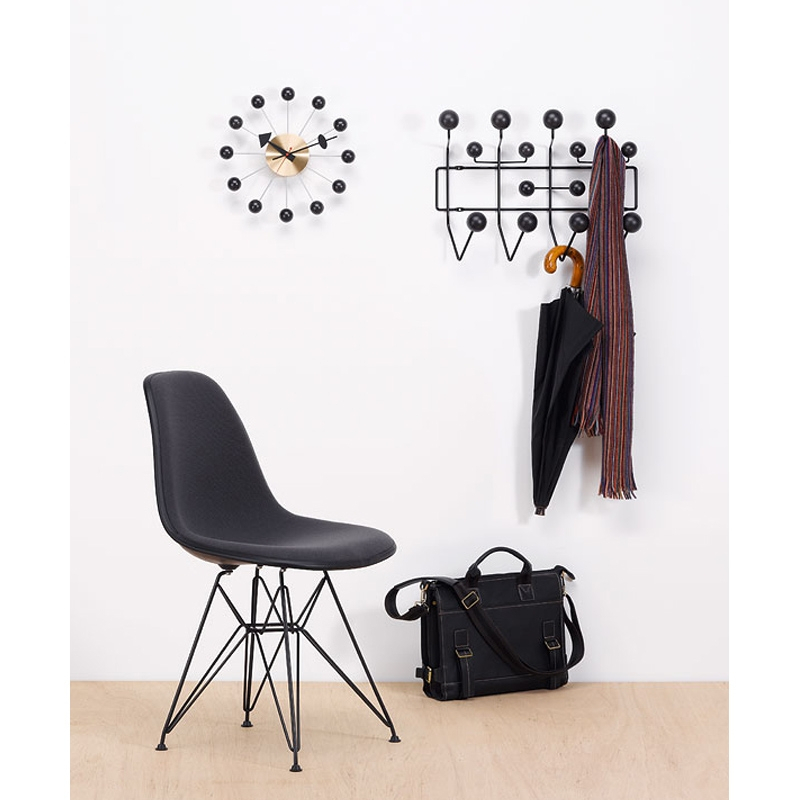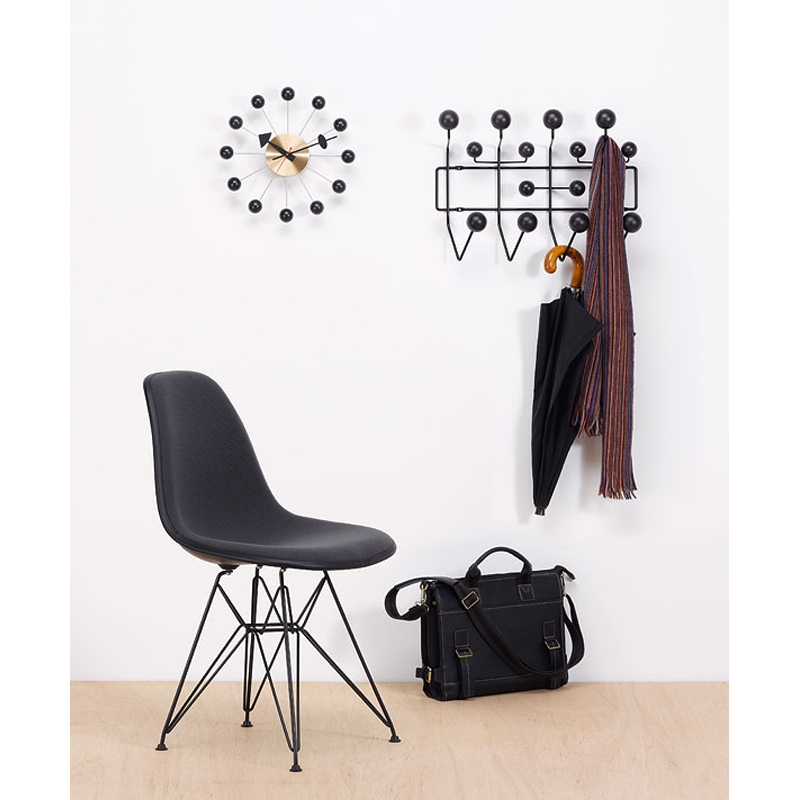- wishlist
-
Cart
Your cart is empty.
menu overlay
menu overlay
Already a customer?
New customer?
Enjoy all the benefits we offer and track your purchases in the order history.
Registermenu overlay
Reset my password
You will receive a link by email to reset your password.
Easy chair COCONUT CHAIR Black VITRA
€5,840.00
€4,866.66 HT
or in

COCONUT CHAIR Black
COCONUT CHAIR Black
€5,840.00
€4,866.66 HT
€5,840.00
€4,866.66 HT
Description
Designed by George Nelson, the Coconut Chair is an armchair with a typically 1950s design. It is characterised by its playful lines and clean, graphic shapes. George Nelson used to compare the chair to a segment of coconut that had been cut into eight pieces. He deliberately reversed the colours, so the outer shell is made of white synthetic material, while the upholstery, created from a single piece of foam, is covered with black leather. Produced by Vitra, this small, inviting and comfortable armchair, which evokes nature, allows you to adopt any position you like in your living room, bedroom or office.
Color
Noir
Colour
black
Material
leather
Dimensions
l 104cm x D 83cm x H 83.5cm, Seat H 26.5cm
Finish
leather seat, polyurethane foam, synthetic material and fibreglass shell
Notice
- Home
- ▸
- Easy chair
- ▸
- COCONUT CHAIR Black
What you think of it
Delivery Terms
Delivery possible within 48 hours for in-stock products.
You will also like
By the same designer
menu overlay
Quote request
You will receive a response from us within 24/48 hours
Your contact details

Easy chair
COCONUT CHAIR Black
VITRA
Color :
Noir
€5,840.00 TTC
€5,840.00 HT
In stock
In stock
€5,840.00 TTC
€5,840.00 HT
Total items :
€5,840.00
Taxes
0 €
Total (VAT incl.)
€5,840.00


